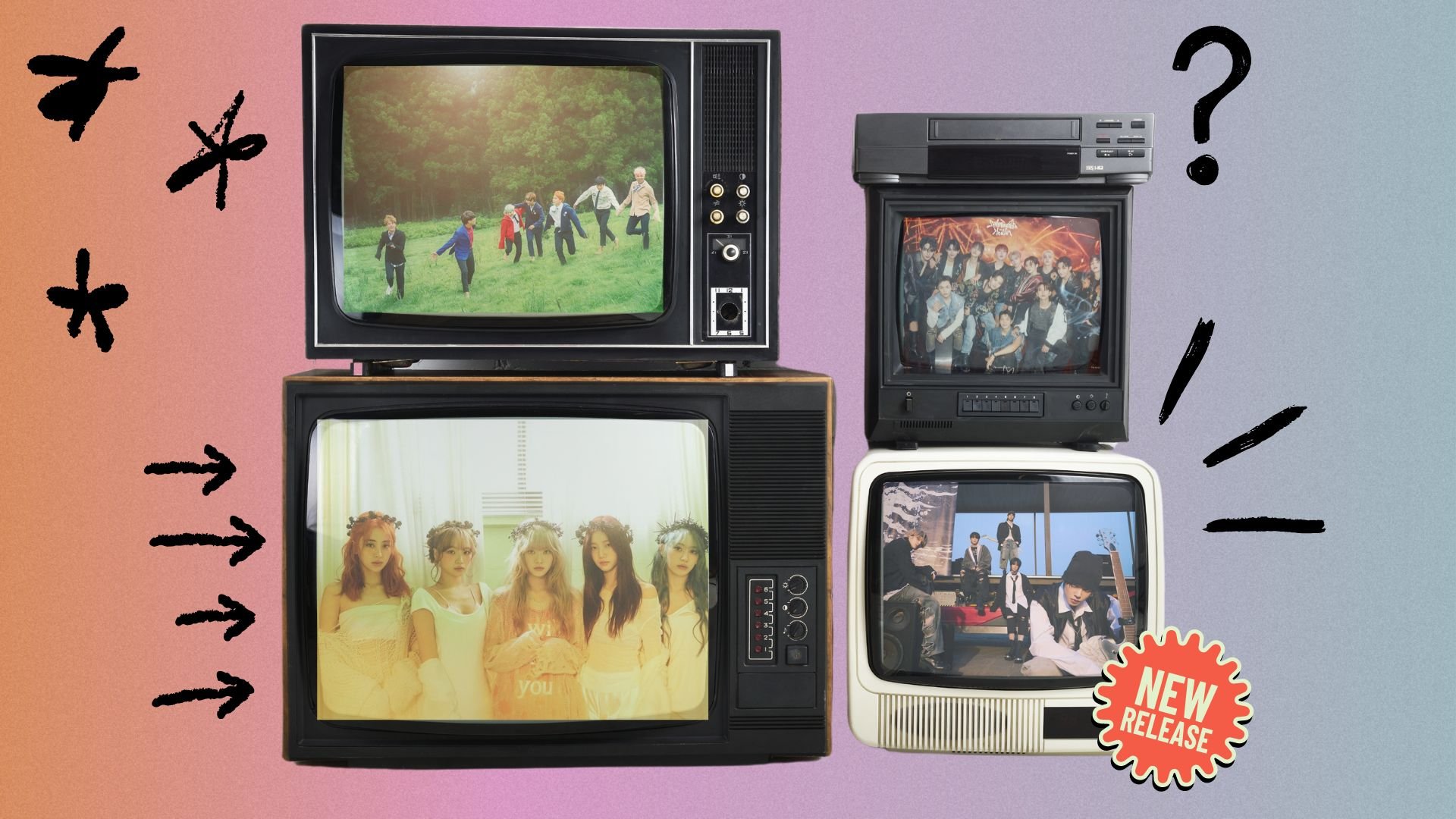
Decoding K-Pop Magic: What Brands Can Learn From The Art of Teasing and Co-Creation.
Shreya Jayanna, Social Account Executive with BBH London, reveals how clever marketing tactics helped K-Pop grow into a global cultural phenomenon.
You may have seen we’ve written about K-pop Marketing before – this piece specifically delves into the broader cultural significance of K-pop and its implications on launching products and a focus on community.
Diving into the kaleidoscopic world of K-pop feels like entering into a whirlwind of music, fashion, and culture. The genre transcends borders, languages, and race, getting millions of people to immerse in a culture that isn’t their own. For us in advertising, understanding the allure of K-pop shouldn’t stop at the appreciation of catchy songs or vibrant fashion.
So why should we care about K-pop?
BTS created a $162 million economic impact with just four concerts in Vegas in 2022 (Arirang TV)
17 out of 30 of the most-liked posts on X are by K-pop artists (Wiki)
J-hope, a Korean rapper, closed Lollapalooza with a record-breaking 105k viewers in person, not counting those watching live on Hulu and Weverse (a South Korean social media platform for K-pop artists) (Teen Vogue)
In 2022, the export value of K-pop reached $927.6 million (Statista)
Fans of K-pop already understand the frenzy surrounding merchandise drops and idol mentions, where products vanish within minutes and fan support extends to million-dollar donations.
But how does this work?
Researching K-pop’s success, I found it's done mainly focusing on the art of teasing and nurturing vibrant community engagement.
1. The Craft of Teasing: A Strategic Approach in K-Pop Marketing
Ever wondered why K-pop fans are so fiercely dedicated? It's not just the music; it's the stories behind the songs.
K-pop marketing masters the art of storytelling like no other, teasing fans with tantalising narratives long before a single note is sung.
Before dropping a new album, K-pop idols flood social media with cryptic teasers, concept photoshoots, and enigmatic hints. However, this is done slowly and builds momentum.
If you look at the example of BTS’ HYYH (Hwa Yong Yeon Hwa, a.k.a., The Most Beautiful Moment in Life) series, BTS released short clips from their music videos and short films to start their marketing campaign. There were also HYYH notes that detailed fictional stories and a dedicated webtoon series. This allowed fans to fill in gaps in the fiction with their own theories and continue the conversation for over a decade.
But this is done in increments. Through speculative learning and interviews, I found how fans enjoyed this, as it kept them waiting and also constantly engaging with the fan community for the next “drop”.
This level of creating anticipation by looking at momentum in storytelling with novelty, challenges, and aesthetics, has people hooked. Each snippet is a breadcrumb leading fans deeper into a fantastical world where they become co-authors of the narrative.
The lesson for brands: ditch the hard sell and embrace the power of storytelling beyond just cutdowns or a 60-second video.
Whether launching a new product or revamping an old favourite, brands can create immersive experiences that invite consumers to be part of the story by learning the art of teasing from K-pop. Most importantly, communication is constant in all formats or links together to create a more holistic experience to digest these concepts.
2. Building Thriving Ecosystems: Beyond Fandoms to Cultural Movements
The world of K-pop knows that fans aren't just followers; they're part of a vibrant ecosystem where creativity knows no bounds.
K-pop excels in community building like no other genre, fostering a sense of belonging and collaboration among fans worldwide.
In K-pop, each platform serves a different purpose - artist updates and media drops on Weverse, TikTok challenges, and long-form behind-the-scenes content on YouTube. Having a clear purpose for each platform with no overlaps, like resharing on Instagram Reels, and artist updates on X, shows that there are clear gaps in communication. However, this pushes the fans to interact in different ways and share content themselves on more than one platform.
From fan edits, to live video translations, and sourcing funds for ad spaces, K-pop enthusiasts blur the lines between consumer and creator, turning a fandom into a full-fledged cultural movement.
Combined with the first finding of teasers during an album or song launch, and this community, there is constant communication within K-pop fandoms.
The lesson for brands: recognise every interaction and encourage participation.
Think beyond traditional marketing tactics and embrace creativity as a catalyst for community-building.
Instead of aiming for passive followers, brands should strive to cultivate active participants within a dynamic ecosystem. By fostering interconnectivity across various platforms and encouraging user-generated content, brands can tap into the collective creativity of their audience.
In essence, K-pop isn't just a genre; it's a blueprint for success in the digital age regarding launches and sustaining it with strong ecosystems. By embracing the art of hype and community-building, brands can unlock the magic of closeness and connection with their audience. So, the next time you're brainstorming your brand strategy, take a page from the K-pop playbook.
This research was part of my Final Major Project I did for my MA Advertising course at UAL! If you’re keen on reading the whole project, here’s an accessible link.


